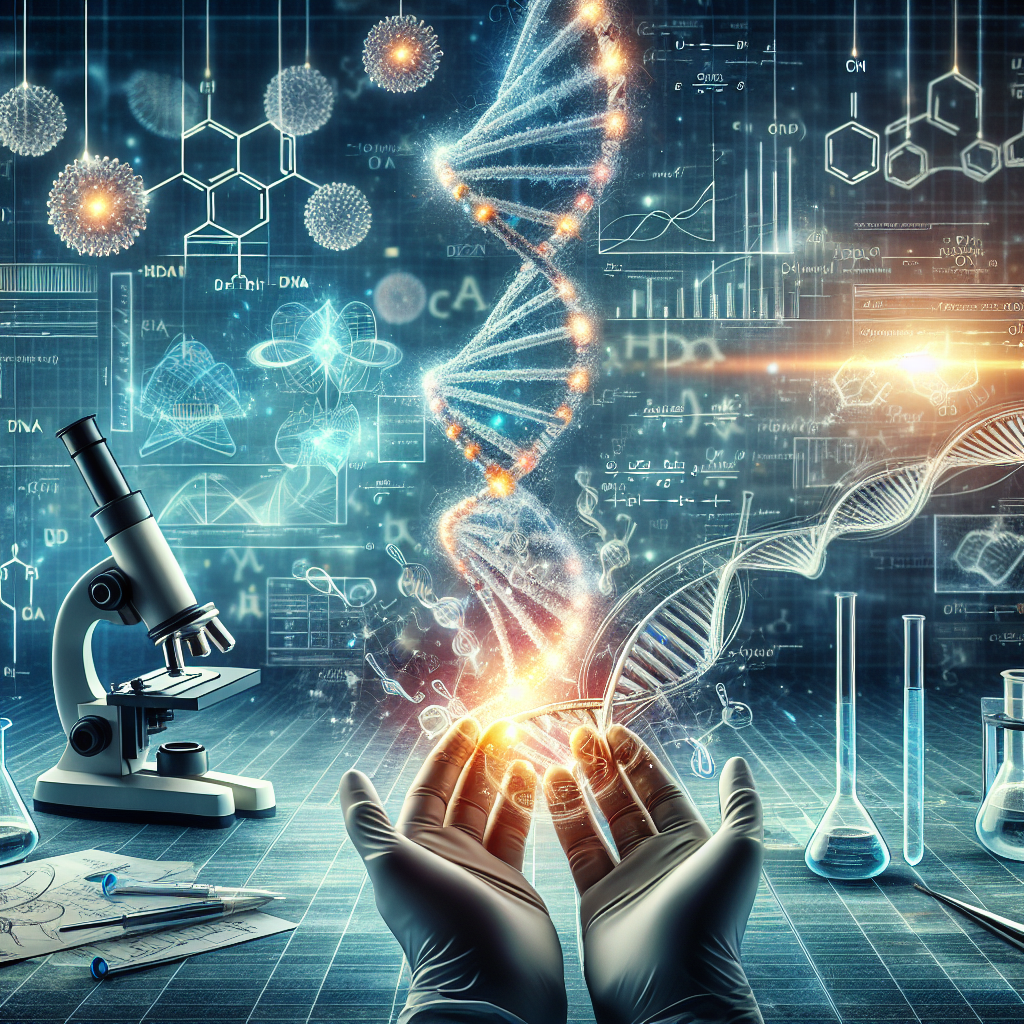
DNA analysis is a fundamental tool in both genetics and evolutionary biology. By studying the genetic material that carries hereditary information in all living organisms, scientists can trace evolutionary relationships, detect mutations, and uncover the genetic basis of traits. Techniques such as DNA sequencing, polymerase chain reaction (PCR), and genome editing have revolutionized our ability to analyze DNA and understand how genetic variations contribute to evolutionary processes.
Genetic engineering is the manipulation of an organism's genes to introduce new traits or modify existing ones. This technology has widespread applications in fields such as agriculture, medicine, and biotechnology. By altering the genetic makeup of organisms, scientists can create genetically modified crops, develop gene therapies for genetic disorders, and investigate the functional roles of specific genes in evolution.
Evolutionary biology studies the processes that drive changes in species over time. Central to this field is the theory of natural selection proposed by Charles Darwin, which states that organisms best adapted to their environments are more likely to survive and reproduce, passing on their advantageous traits to future generations. By examining patterns of biodiversity, fossil records, and comparative genomics, evolutionary biologists can reconstruct the evolutionary history of life forms and uncover the mechanisms underlying genetic diversity.
Gene expression refers to the process by which information from a gene is used to synthesize a functional gene product, such as a protein. This intricate process involves the transcription of DNA into messenger RNA (mRNA) and the translation of mRNA into protein by ribosomes. The regulation of gene expression plays a critical role in determining the development, growth, and functioning of organisms, as well as their adaptability to changing environmental conditions.
Mutations are random changes in the DNA sequence that can lead to genetic variation within a population. While most mutations are neutral or harmful, some may confer selective advantages, allowing individuals carrying these mutations to survive and reproduce more successfully. Genetic variation, arising from mutations and genetic recombination, provides the raw material for evolution by natural selection to act upon, driving the diversity of life forms on Earth.
The intersection of genetics and evolutionary biology offers a comprehensive framework for understanding the complex relationship between genes, organisms, and environments. By integrating insights from DNA analysis, genetic engineering, gene expression, mutations, and genetic variation, scientists can unravel the mysteries of evolution and elucidate the mechanisms driving the diversity of life. This interdisciplinary approach not only enhances our knowledge of the past but also guides future research efforts aimed at unraveling the intricate code of life.
1. Darwin C. On the Origin of Species. London: John Murray; 1859.
2. Alberts B, Johnson A, Lewis J, et al. Molecular Biology of the Cell. 6th edition. New York: Garland Science; 2014.
3. Carroll SB. Endless Forms Most Beautiful: The New Science of Evo Devo. New York: W. W. Norton & Company; 2005.








